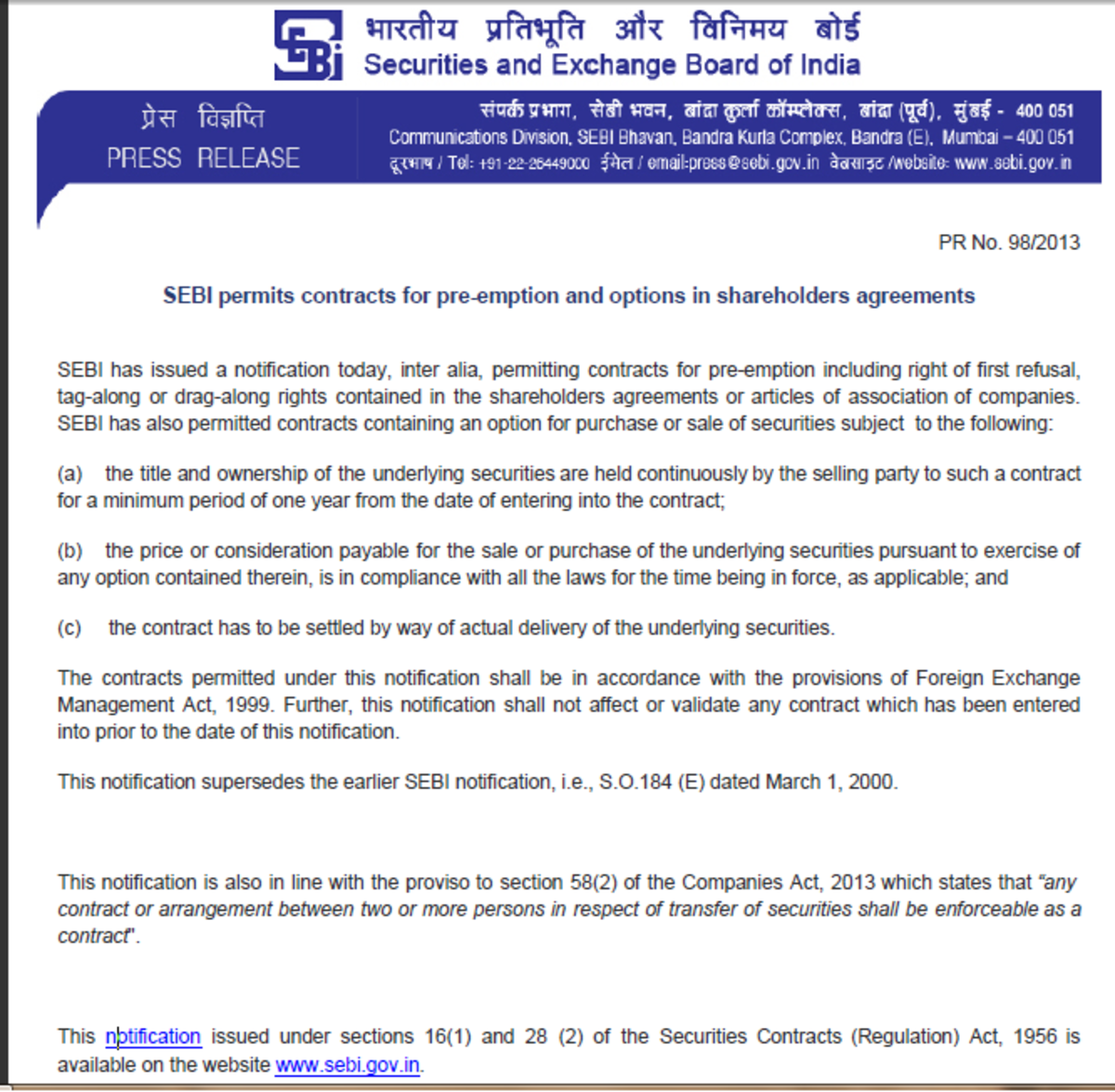How Companies Fund Their Expenses
Almost all of the companies of the world make profits by providing services or by selling goods, but they do not use their profits for funding further projects or for making capital expenditures. Companies use different ways for funding research and development of better products and services, so that they can earn better profits.
Some of the most common ways are by issuing debt instrument or by issuing equity instrument. While selecting which to choose companies have to consider following matters,
The amount of funding required, whether the funding is required for short term or long term, effect on financial statements, the cost of obtaining funds, company must also consider their ability to repay the amount borrowed and flexibility.
DEBT INSTRUMENT:
Usually debt instrument is used to fund short term projects. Issuing debt instrument means obtaining debts from different institutions with a commitment to repay the amount with interest in future. Debt instruments are further categorized into two types,
Short term debt instruments, which are used to fund short term projects. They include bank overdrafts, certificate of deposit, treasury bills etc.
The other type is long term debt instruments, which include bonds, loan stock, lone note, commercial paper etc.
MATTERS TO BE CONSIDERED WHILE SELECTING DEBT INSTRUMENT:
While selecting debt instruments the company considers the duration of debt, whether the interest payment is according to fixed rates or floating rates, availability and the securities which the landing institution is asking for.
The landing institution might include national, state or local governments, financial institutions, banks etc. the company taking the debt must repay it at specified time or the its security held by the landing company will be given to the ownership of landing institute.
EQUITY INSTRUMENT:
The other option of raising finance is by issuing equity instruments/shares. Company might offer two types of shares,
1- Ordinary shares
2- Preference shares
Company sell these shares to shareholders and get financing, on the other hand shareholders get dividends and capital gain in return.
Capital gain is the increase in value of shares after a period of time, for example, you bought share of company X for Rs.10 and after some period of time its value is Rs.30, and you sell the share at that time, then Rs.20 is the capital gain.
On the other hand dividend is the share in profit of the period, it can be fixed or variable.
ORDINARY SHARES:
Ordinary shareholders are members of the company, they are owners of the company who have the right to vote in general meetings. Ordinary shareholders own the distributable profits of the company after the payment have been made to preference shareholders.
Ordinary shareholders are entitled to dividend, if the director have propose a dividend and the shareholders have voted for such dividends. In case of winding up of company also ordinary Shareholders have no rights to receive anything until the settlement of preference shareholders nominal share capital.
PREFERENCE SHARES:
The other option is the issue of preference shares, companies usually issues such shares when company is not doing very well, low profits are generated or company is operating at loss. At this stage obtaining debts are also very difficult as no institution agrees to give loan to a company at loss.
Obviously nobody would be interested in buying shares of company which is not doing well, as there are low chances of receiving dividends and capital gain, in these circumstances the companies offer the general public to buy its preference shares, with a guarantee that they will receive “fixed” dividends irrespective of the profit or loss of the company for the period.
Even if the company incurs loss, the preference shareholders will get the fixed dividend as agreed. However preference shareholders usually have no right to vote in the company’s general meeting, but they are given preference over ordinary shareholders in a sense that first their dividend is paid then the residual profit is shared between ordinary shareholders.
Preference shareholders receive fixed dividends while ordinary shareholders receive dividends with respect to their shareholding.
TYPES OF PREFERENCE SHARES:
The further types or preference shares are cumulative and non-cumulative preference shares
Cumulative preference shares are the once, in which the company can skip the payment of dividend for any period, but it have to pay the amount in future.
Non-cumulative preference shares are the once, in which if dividend payment of any period is skipped by the company then they will not be liable to pay any divided in future.
All the terms of buying the shares are known to the shareholders at the time of buying.
WAYS TO ISSUE SHARES:
Companies might issue shares initially through following way:
- Initial public offer
- Private placing
For issue of shares afterwards company can use
- Right issues
- Bonus issues
Companies might also use “introduction” option to get their shares being traded on stoke exchange for gaining better capital in future and to enhance the marketability of their shares.
This was some information about how companies fund their projects, research and development and how they gain capital.








